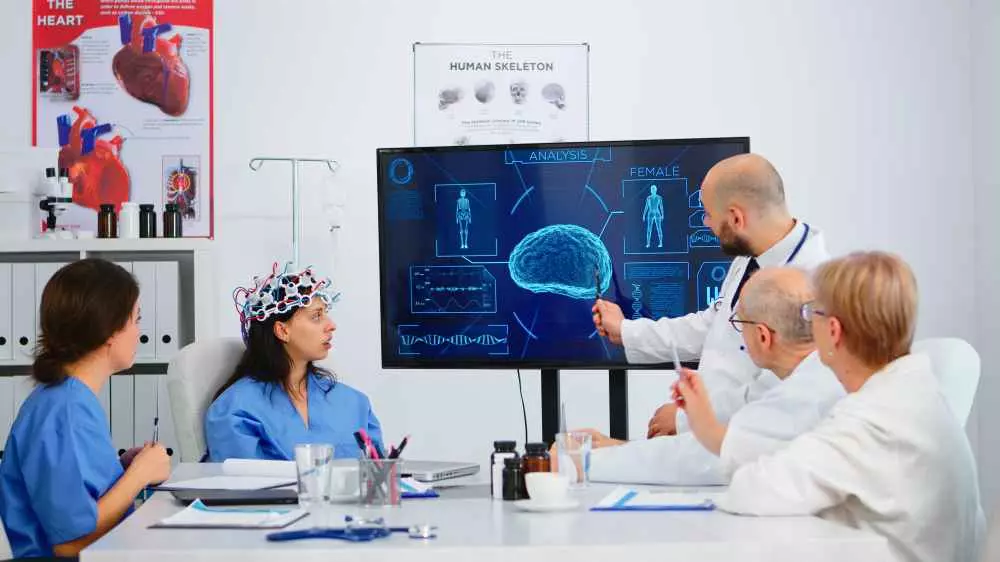Economic aspects of introducing innovations in healthcare
Introduction to healthcare innovation
Innovation in health care is crucial to improving the quality of medical services and the efficiency of the health care system. With rising health expenditures and an aging population, innovation is becoming not just a preference, but a necessity. In this article, we will look at the economic aspects of introducing innovations in healthcare and their impact on health systems around the world.
Why is innovation important?
Innovations in healthcare range from new technologies to changes in the organization of staff and processes. Their main goal is to improve the quality of life for patients, as well as to increase cost efficiency. In addition to this, innovations can lead to a reduction in the financial burden on the health system and increased accessibility to treatment.

Types of innovations in healthcare
In the context of healthcare, several key types of innovation can be distinguished:
Technological innovations: Modern medical devices, telemedicine, health apps.Organizational innovations: New management models, integration of services, changes in teamwork structure.Process innovations: New diagnostic methods, therapies or surgical procedures.Challenges to innovation
Despite the potential benefits, implementing innovations in the health care system is not a simple task. One of the main challenges is the initial expense, which is often significant and can discourage the implementation of new solutions. In addition, concerns about patient safety and the need to train medical personnel can lead to delays in implementing innovations.
Economic benefits of introducing innovations
The expense of new technologies and processes can be significant, but innovations in healthcare often lead to savings over the long term. Here are some key economic benefits:
Cost reduction: New technologies can reduce hospitalization times and the number of necessary visits, resulting in lower expenses for the system.Improved efficiency: The use of process innovations can increase the efficiency of medical staff, enabling better management of time and resources.Increased availability of services: Innovations such as telemedicine enable access to medical services for patients in rural or underserved areas.Models for financing innovation
Funding for healthcare innovations can take many forms. One of the most popular models is the public-private partnership (PPP), which combines public sector resources with the private sector to share financial risks. Another model is funding from state and EU budgets to support innovation projects, especially in countries with fewer financial resources.
Case study
In order to better understand the impact of innovation on the healthcare system, it is worth looking at a few examples:
Telemedicine in the United States: The introduction of telemedicine services has increased access to specialists and improved health outcomes for patients with chronic diseases.EHR systems in the Nordic countries: The use of electronic health resources has helped reduce medical errors and improve the efficiency of diagnostic processes.Impact of innovations on patients' quality of life
Innovations in healthcare not only affect the economics of the system, but also have a huge impact on patients' quality of life. Access to modern therapies and technologies can significantly improve diagnosis and treatment, resulting in better health outcomes and patient satisfaction.
Summary and future of healthcare innovation
In the face of growing healthcare challenges, innovation is becoming a key element in the further development of healthcare systems. Implementing innovations can bring significant economic benefits, as well as improve the quality of healthcare services. As the population ages and technology evolves, investment in innovation becomes essential to ensure an efficient and sustainable healthcare system.
Add comment